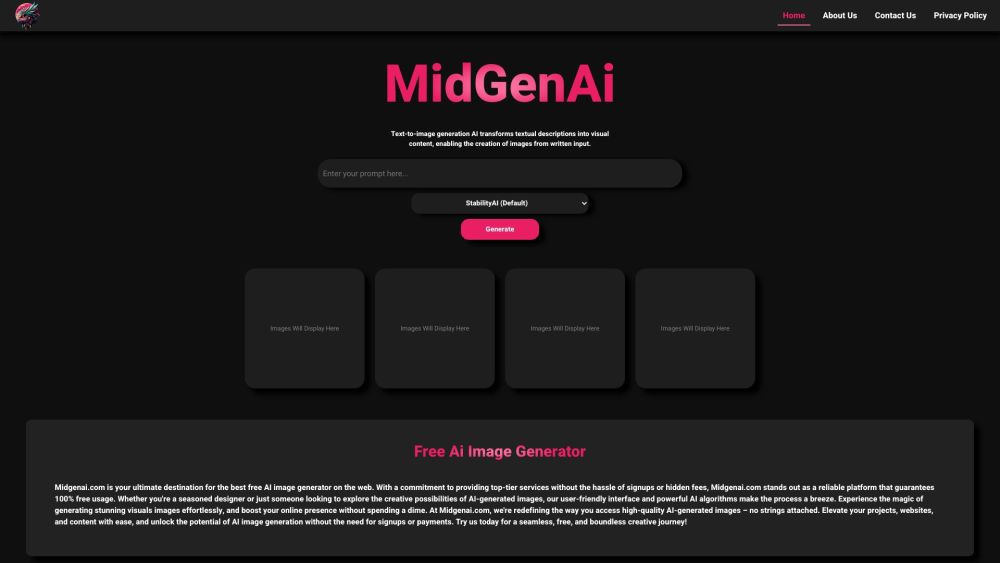How AlphaGo Inspired Human Go Players to Embrace Creativity
Most people like

NeuronWriter enhances website content through advanced semantic SEO strategies, boosting search engine rankings and improving online visibility.

Elevate your content strategy by transforming text into stunning visual creations using AI technology.

AI Image Generator: Create Stunning Visuals Quickly and Effortlessly
Discover our cutting-edge AI image generator designed to produce fast, high-quality visuals tailored to your needs. Whether you're a marketer, designer, or content creator, this tool empowers you to generate captivating images in seconds, enhancing your projects without compromising on quality. Unlock your creative potential and streamline your workflow with our innovative solution.
Find AI tools in YBX
Related Articles
Refresh Articles

